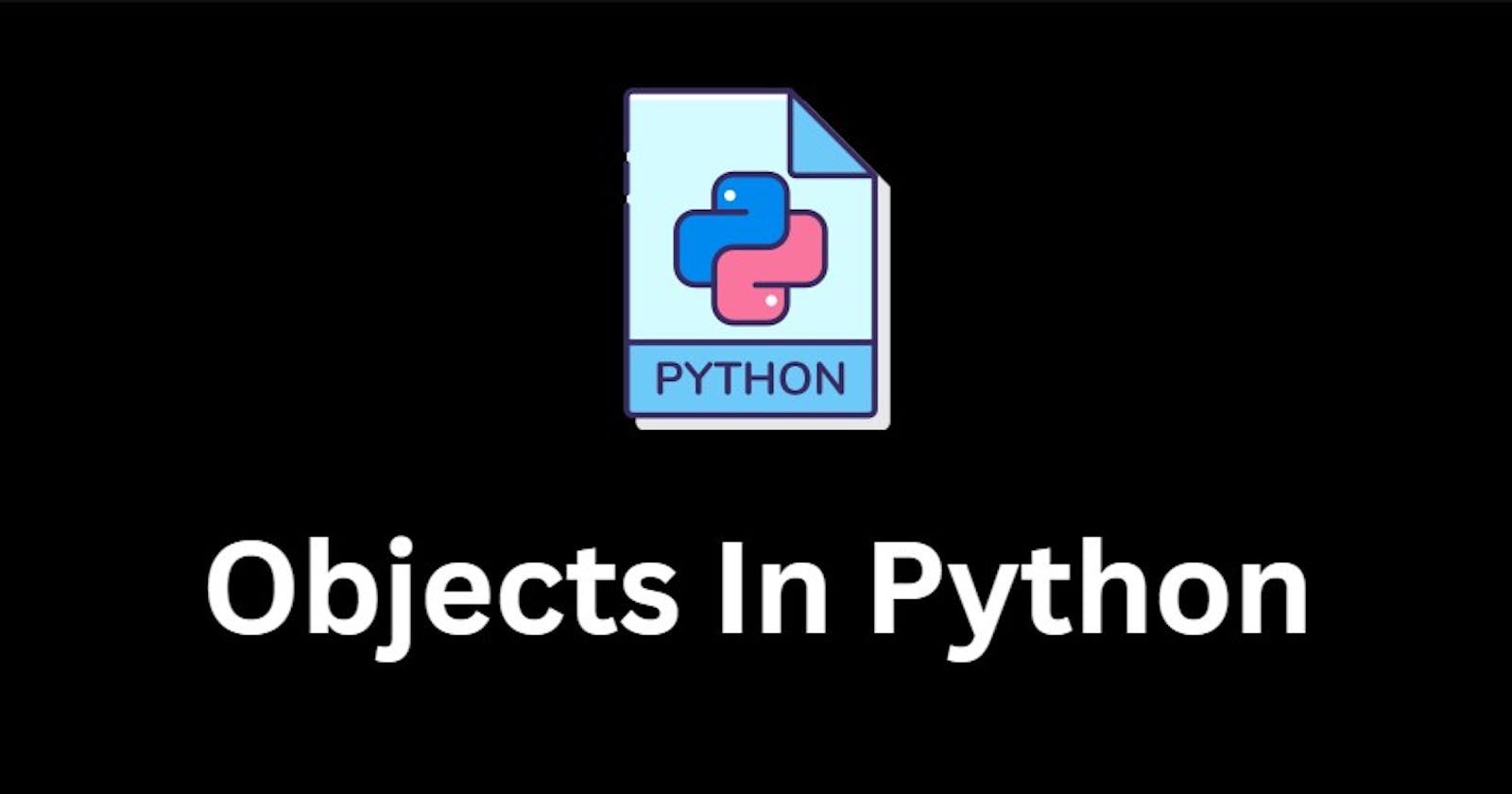In Python, objects are the fundamental building blocks of the language. Everything in Python is an object, including basic data types like integers and strings, as well as more complex data structures like lists, dictionaries, and even functions.
An object in Python is an instance of a class. A class is a blueprint or a template for creating objects of a specific type. It defines the properties (attributes) and behaviors (methods) that the objects of that class will have.
Here's a simple example of creating and using an object in Python:
pythonCopy code# Define a class called 'Person'
class Person:
def __init__(self, name, age):
self.name = name
self.age = age
def greet(self):
print(f"Hello, my name is {self.name} and I am {self.age} years old.")
# Create an object (instance) of the 'Person' class
person1 = Person("Alice", 30)
# Accessing attributes and calling methods of the object
print(person1.name) # Output: Alice
print(person1.age) # Output: 30
person1.greet() # Output: Hello, my name is Alice and I am 30 years old.
In this example, the Person class serves as a blueprint for creating person objects. The __init__ method is a special method called a constructor, used to initialize the object's attributes when it's created. The greet method is a behavior associated with the Person objects.
Python's object-oriented programming (OOP) features allow you to create and manipulate objects easily, enabling you to model real-world entities and interactions in your code. Objects can contain data (attributes) and b
